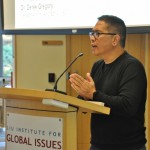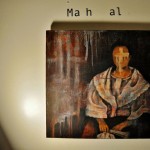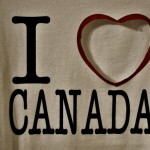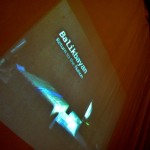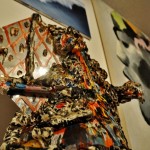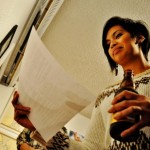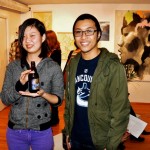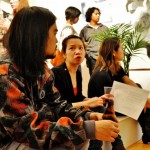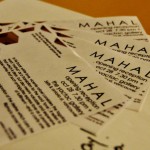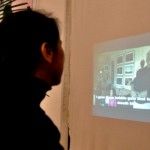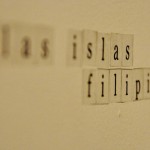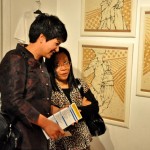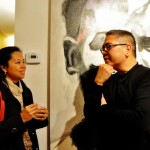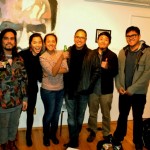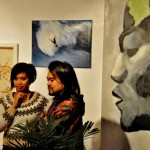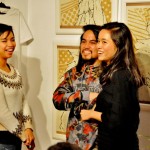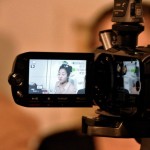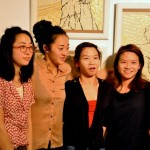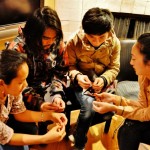Archive for the ‘anthropology’ tag
Undergraduate Paper: Castilian Friars, Colonialism and Language Planning
SJ Kerr-Lapsley, a fourth year undergraduate student at UBC, attended the opening night of the MAHAL art exhibit held at the YACTAC Gallery (October 2011) and found herself inspired by the exhibited works. Here is the final paper that she wrote — a result of her engagement and conversation with the exhibited works, particularly Chaya Go’s “ancients.”

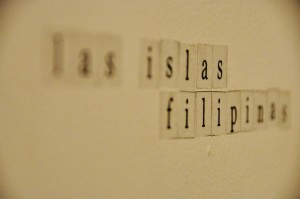
Castilian Friars, Colonialism and Language Planning:
How the Philippines Acquired a Non- Spanish National Language
by SJ Kerr-Lapsley
4th year, UBC Anthropology
The topic of the process behind the establishment of a national language, who chooses it, when and why, came to me in an unexpected way. The UBC Philippine Studies Series hosted an art exhibit in Fall 2011 that was entitled MAHAL. This exhibit consisted of artworks by Filipino/a students that related to the Filipino migratory experience(s). I was particularly fascinated by the piece entitled Ancients by Chaya Go (Fig 1). This piece consisted of an image, a map of the Philippines, superimposed with Aztec and Mayan imprints and a pre-colonial Filipina priestess. Below it was a poem, written in Spanish. Chaya explained that “by writing about an imagined ‘home’ (the Philippines) in a language that is not ours anymore, I am playing with the idea of who is Filipino and who belongs to the country” (personal communication, November 29 2011). What I learned from Chaya Go and Edsel Ya Chua that evening at MAHAL, that was confirmed in the research I uncovered, was that in spite of being colonized for over three hundred and fifty years the Philippines now has a national language, Filipino, that is based on the Tagalog language which originated in and around Manila, the capital city of the Philippines (Himmelmann 2005:350). What fascinated me was that every Spanish colony that I could think of, particularly in Latin and South America, adopted Spanish as their national language even after they gained independence from Spain. This Spanish certainly differed from the Spanish in neighboring countries and regions, as each form of Spanish was locally influenced by the traditional languages that had existed before colonization, but its root was Spanish and it identified itself as Spanish. How then, did the Philippines managed to come out of colonization by that same country, with a Filipino language that is locally influenced by Spanish, rather than the other way around? It was this question that prompted my paper. Read more…
MAHAL Art Exhibit Documentation
MAHAL: an artistic exploration of the desires
which carry the filipina/o across borders
By Chaya Erika Go, UBC Anthropology (4th year, undergraduate)
To culminate a series of events organised by the UBC Philippine Studies Series with guest lecturer, Dr Vicente L. Rafael, an art exhibit entitled MAHAL was held at the YACTAC gallery from October 28 to November 4, 2011. The name of the exhibit was inspired as such: In his book White Love (2000), Vicente L. Rafael considers the Filipino word ‘mahal’ as a translation for the word ‘love’. It refers to that which is dear, but also means valuable and expensive. Rafael writes that such ambiguities express love as a promise of fulfilment –and a costly one.
Artists were invited to submit their interpretations of what constitutes such desires, and what a ‘border’ signifies relating to their reflections on Filipino transnationals. Both as a co-curator and a participating artist in MAHAL, this paper is written as a post-exhibit reflective analysis of the processes I engaged with in this project: (1) interpreting the theme as expressed in the submissions, (2) designing the space to narrate the whole collection, and (3) witnessing the dynamic ways a Filipino transnational community is re-created in Vancouver through MAHAL. This paper is structured in these three sections accordingly. The reflections conveyed in this paper come from my own direct experiences, which are then interwoven with analyses put forward by Filipino artists and scholars of transnationalism. Through discussions with my co-curator, and conversations with artists and guests, this paper attempts to be inclusive of the wide variety of experiences created by MAHAL, but is careful not to claim authority over these individual experiences.
Photos by Deyan Denchev
